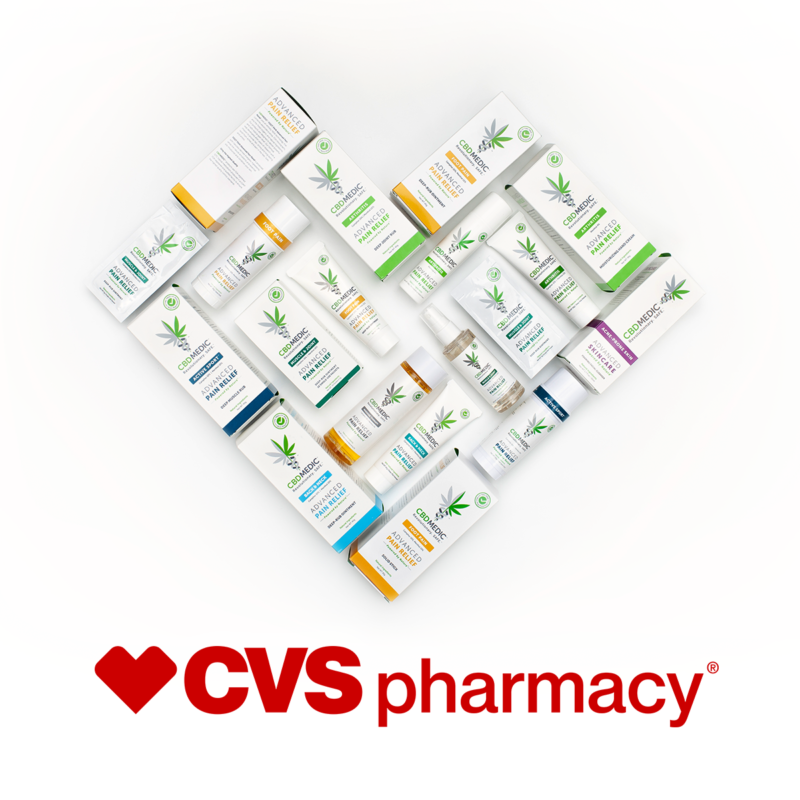It is almost officially summer, and you know what that means — ice cream, the beach, barbeques, short sleeves, festivals, and celebrations that mark the changing seasons. June 21 will usher in the summer solstice, the longest day of the year when the sun is closest to the earth and its rays are the strongest.
This also means a long day spent in the sun. Knowing how to protect yourself is key to protecting your skin and overall health as you have fun in the sun. Earlier sunrises, later sunsets, and intensified heat may lead to dehydration, heat exhaustion, burns, and rashes that can put a damper on your festivities.
You can make the most of your summer with these few tips on how to keep your skin protected from harmful rays — as well as tips to stay cool and hydrated.
Stay Hydrated!
The adult human body is composed of approximately 60% water, so it goes without saying that hydration should be a major priority. Not only does water protect your overall health, it also helps you keep healthy, soft and glowing skin. Our skin is an organ afterall and like all organs, cells, and tissues; it is composed of a large percentage of water. So to function at its fullest — and in fact keep those puckers full, you need to drink up.
While scientific studies regarding the correlation between skin health and water intake are far and few between, dermatologists and other health practitioners are in agreement that a deficiencty in water can cause or exacerbate dermatological problems.
For those with dry skin and other skin conditions could improve the skin by increasing their daily water and potentially replace or boost the affects of a moisturizer.
Unfortunately, if you spend you spend time in the heat or are active, you’ll inevitably lose water through sweat as your body attempts to cool itself. So remember to replace the water so you can look and feel your best.
How much should you drink?
- Active people should consume 16-20 ounces of water one to two hours prior to physical activity.
- The average sedentary woman requires about 8 cups or 2 liters.
- The average sedentary man requires 10 cups or 2.6 liters.
Carry a water bottle. . .
he Centers for Disease Control and Prevention suggests carrying a water bottle will increase your likeliness to drink water. Keeping a water with you at all times can ensure the option of staying hydrated.
Eat more water-rich foods
We don’t usually think of the amount of fluid in our foods, but hydration can be obtained from fruits and vegetables. A study has shown that 20-30% of our total water intake (TWI) comes from food. Choosing fruit and vegetable salads as meal choices will add to your TWI while also providing more nutrients to your daily diet. Watermelon is and cucumbers are particularly high in water content and great summer foods. Watermelon contains 92% water and cucumbers contain 96% water. Water rich foods containing vitamin C, like strawberries and oranges, have been praised for their ability to reduce inflammation as well. Bottom line: Let your food be your medicine.
Tips to remember to drink water:
- Drink a cup of water before and after each meal. This will also serve to control your appetite by giving you a sense of fullness.
- Leave a clean glass by the sink in the kitchen and drink a glass every time you wash your hands.
- Drink a glass after brushing your teeth.
- Keep a cold pitcher of filtered water in your refrigerator.
- Drink a full glass of water with medications or supplements instead of a sip.
- Keep a glass of water at your table.
- Consider iced tea for a summertime beverage and use your favorite high antioxidant tea.
Limit your sun exposure
Our relationship with the sun puts us in a double-bind. On one hand, we need the sun’s vitamin D to help regulate neurotransmitters like serotonin and dopamine, our happy hormones. In addition, it can help you build strong bones, muscles, and teeth by enhancing your absorption of calcium. All of that will help you keep your summer body up.
But while the sun is good for you in small doses,it can also seriously harm you. Most of the lines and discolored pigmentation that we take for granted as signs of aging is actually a lifelong accumulation of over exposure to the sun’s harmful rays. The sun’s ultraviolet (UV) rays damages the elastin in your skin, which gradually causes drooping, stretching, lack of buoyancy, and wrinkles. In addition, some people freckle profusely, grow benign tumors, develop ugly sunspots, or develop Telangiectasias, visibly dilated blood vessels.
But that’s not the worst of it. More than 90% of skin cancer is caused by sun exposure. Left untreated, it can spread throughout your other organs — a matter of life or death.
You can protect yourself with these few practices:
Seek shade
Especially seek shade between the hours of 10 am – 4 pm when the sun’s rays are the strongest. Park your car in the shade and use shade covers for the windshield. If you have a walker or cane, don’t leave it in the sun as metal can rapidly become hot. If air conditioning is not available, put ice cubes in a bowl in front of a fan for a cool breeze.
Wear sunscreen
Use sunscreen with an SPF of at least 15, although some organizations recommend 30 and up. As you choose a sunscreen, make sure it has both UVB and UVA broad spectrum coverage for maximum protection. While only UVB may be associated with burning, UVA is associated with cancer. If you are sweating, swimming, or involved in any other water-based activity, make sure that you reapply your sunscreen often. Generally, you’ll need to reapply your sunscreen every two hours. And don’t forget your feet, a common mistake. It happens to be one of the most common places to burn and to develop malignant melanoma.
Dress for the Weather
Shield your face with a wide-brimmed hat and wear thin, loose clothing that is breathable. While long sleeves may seem warmer, they can be beneficial in protecting yourself from the sun. You should also wear sunglasses to protect your eyes and try to avoid looking directly into the sun. Not only will you likely develop a deep furrow in your brow from overly squinting in the sun throughout the years, your eyes are also at risk for cataracts, which tend to develop more quickly with excessive, unprotected sun overexposure. So protect yourself from your head to your toes.
What If I Get a Rash or Burn?
If you still manage to get a sun rash or sunburn, natural lotions will come to the rescue! There are plenty of great medicated ointments you can use to relieve the pain! Ointments with Lidocaine HCL have pain relieving properties that help with the burning, stinging sensation. And products with colloidal oatmeal can have a soothing effect on irritated skin. CBDMEDIC™ offers an Itch and Rash Relief medicated ointment that can help ease your discomfort. While ointments like this can offer relief, remember to protect yourself so you can make the most of your summer.

Disclaimer: This information is for educational purposes only. It has not been approved by the FDA to diagnose, treat, prevent, cure, or mitigate any diseases or conditions. We use CBD in our products for cosmetic purposes only.

